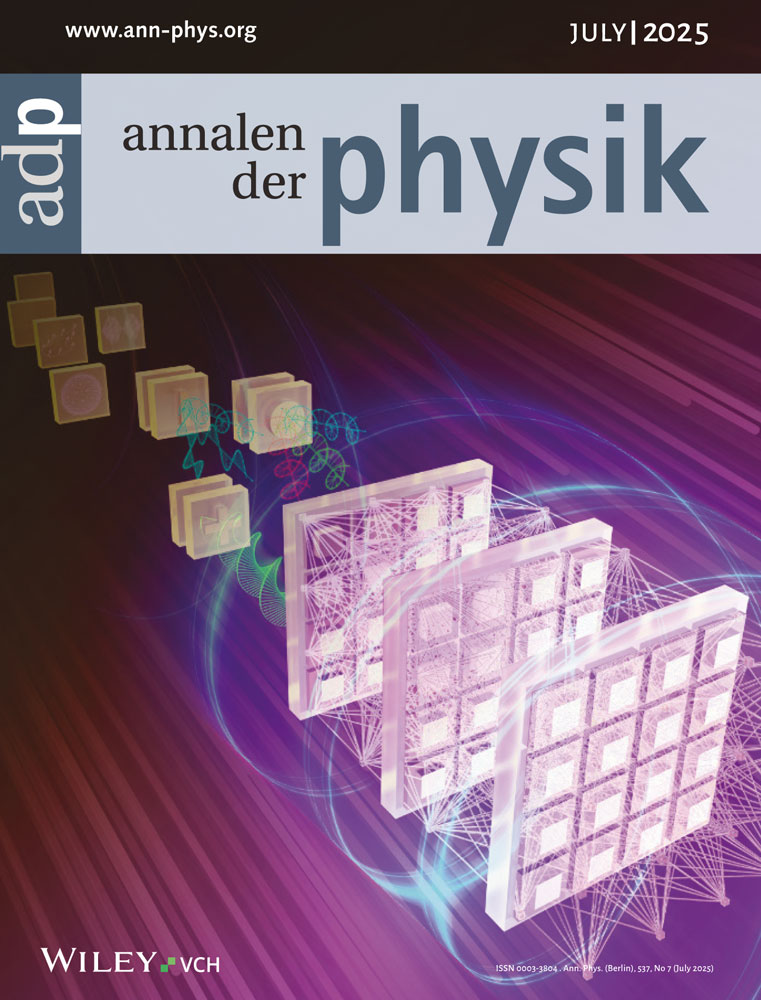Thermodynamic Functions, Ionization Equilibrium and Phase Transitions in Coulomb Systems
Abstract
enMacroscopic matter is considered as a quantum statistical system of electrons and nuclei. After the discussion of several exact bounds and stability theorems, the low and high density structures of the thermodynamic functions (corresponding to ideal gases) are given. The intermediate regions in the density temperature plane are treated by means of thermodynamic Green functions. This requires partial summations corresponding to the effects of screening (chains), bound states (ladders), and chemical equilibria (quasi particle summations). The thermodynamic instabilities corresponding to the first order plasma phase transitions are studied for several examples.
Abstract
deThermodynamische Funktionen, Ionisationsgleichgewicht und Phasenübergänge in Coulomb-Systemen
Makroskopische Materie wird als quantenstatistisches System von Elektronen und Kernen betrachtet. Nach der Diskussion einiger exakter Limites und Stabilitätstheoreme werden die Nieder- und Hochdichte-Ausdrücke thermodynamischer Funktionen (Grenze des idealen Gases) gegeben. Der intermediäre Dichte- und Temperatur-Bereich wird mittels thermodynamischer Green'scher Funktionen behandelt. Hierzu sind Partialsummationen erforderlich, die den Effekten der Abschirmung (Ketten), denen von Bindungszustände (Leitern) und denen chemischer Gleichgewichte entsprechen (Quasiteilchen-Summationen). Die thermodynamischen Instabilitäten, welche Plasma-Phasenübergängen erster Ordnung entsprechen, werden für verschiedene Beispiele diskutiert.




